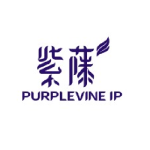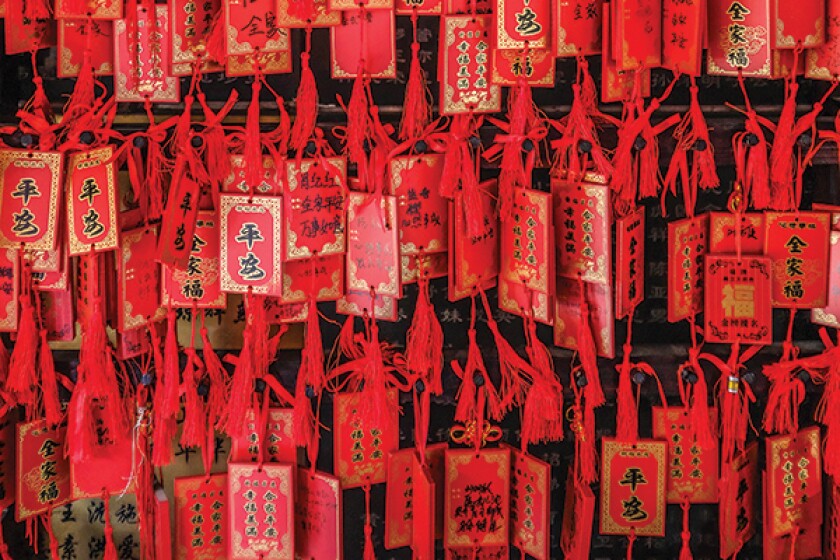For a long period, the status of patent rights protection in China has been criticised by both domestic and foreign patent rights holders for the difficulty of evidence collection, small amount of compensation, and long trial phases during the enforcement stage. This has led to right holders' unwillingness to exercise their rights given the low cost-effectiveness.
With the fourth amendment of the Patent Law of the People's Republic of China and the introduction of relevant judicial interpretation, the protection of patent rights in China has been strengthened, and the penalty for patent infringers has been increased to enhance the confidence of the right owners to defend their rights.
Patent infringement compensation in China
Current status
After reviewing several published judgments of patent compensation cases from 2014 to 2020 in Shanghai, Jiangsu, Zhejiang and Beijing, the common features of the cases are summarised as follows.
Statutory compensation method is frequently adopted to determine damages
According to Article 65 of the current Patent Law, damages for patent infringement shall be determined on the basis of the following three methods in order: loss of the right holder, profit of the infringer, or reasonable multiplier of patent license fees.
If none of the above three methods can be applied, the judge may decide the amount of compensation according to the type of patent-in-suit, infringers' action, and overall circumstances in each case, and award statutory compensation. Among the cases analysed, more than 95% of the judges applied the statutory compensation method to determine the final damages.
Substantial regional differences of compensation amount exist
In cases where the court holds the defendant liable for patent infringement, but the right holder fails to put forward sufficient evidence to calculate damages, the courts in economically developed regions usually award higher damages than the same cases in economically less developed regions.
The courts seldom accept evidence inferred from online sales
Since the right holders have no access to the actual online and offline sales data pertaining to the patent-in-suit, they can only infer the potential damages from the infringers' online sales. However, research results show that the court rarely accepts such inference.
Based on the cases that were reviewed, the percentile of cases where the court fully supports the amount of compensation claimed by the right holder is extremely low. In addition, among the majority of such limited cases, the right holders usually claim a lower sales figure, which might be lower than the actual amount.
Compensation differences
The Chinese patent law system was established in accordance with the 'compensating principle', which requires the infringer to compensate the right holder to the extent that the infringing act had never occurred. However, such a goal cannot be easily achieved under the current Chinese patent law. The reasons behind this are rooted in the application of the rules of evidence in China and the public's awareness of the value of intangible patent assets.
Application of the rules of evidence
Ability of the patent holders to collect evidence
The rules of evidence are based on Article 65 of the Patent Law of the People's Republic of China, and Article 14 of the Several Provisions of the Supreme People's Court on the Application of Law in the Trial of Patent Dispute Cases.
According to such provisions, whether the right holder attempts to prove his loss or the infringer's profit, the right holder should provide the actual sales number, and establish a reasonable profit margin for the infringing product. However, such data is generally controlled by the infringers, and it is difficult for right holders to obtain them from public information. The allocation of the burden of proof under the current legal framework increased the difficulty for right holders to pass the proofing threshold.
Admissibility of evidence
The court seldom admits evidence pertaining to sales data provided by the right holder, because there is no way to verify the authenticity of such number. In addition, the defendant may refuse to provide the profit margin for various financial reasons.
In practice, if any party can provide a profit rate of any third party company of similar products as reference (such as the audited financial statement of the third party), the judge will certainly take it into account when determining whether the profit rate claimed by the right holder is reasonable.
Regional economic development level
According to Chinese patent law, a patent infringing suit should be brought in the city where the infringer is located. The local court will more or less consider the local economic development level to determine the amount of damages.
Since the right holder has difficulty in providing evidence to support infringement damages, the judge tends to determine the amount of infringement damages cautiously when he or she has limited understanding of the patent technology and market situation.
Also, the infringer may not stop manufacturing and selling infringing products before the judgment is made, and thus the long litigation period also causes damage to the interests of the right holder. In addition, if the potential infringer contributes a large amount to the local GDP, the court would be more cautious in imposing heavy damage awards.
Mechanisms to obtain high compensation
According to Article 71 of the Patent Law of the People's Republic of China, which will be implemented on June 1 2021, among the three calculation methods described before, the method of calculating the damages of the right holder is no longer given any priority over the method of estimating the infringer profits.
The newly implemented Patent Law also increased the statutory damages from RMB 30,000 to RMB 5 million (approximately $4,600 to $768,168) and added new provisions of punitive damages. Under the principle of 'whoever claims, whoever proves', the right holder should make every effort to provide evidence in order to increase the damages amount.
Select a pre-litigation strategy
In order to build a successful case and establish solid evidence for a litigation award, the right holder should work with its patent consultant or patent attorney to develop a well-rounded litigation strategy.
Sending an attorney's letter to inform
After fixing the evidence of infringement, the right holder can send an attorney's letter to request the infringer to stop the infringement.
If the infringer responds that it will not stop the infringing act, according to Article 3 of The Interpretation of the Supreme People's Court on the Application of Punitive Damages in Civil Cases of Infringement of Intellectual Property Rights, the right holder may claim intentional infringement of the right holder in future litigation, and then try to claim punitive damages to obtain a higher award.
Selecting an appropriate venue
The right holder should choose the court located in higher economically developed regions where the courts have more experience in adjudicating IP disputes. The economic development level may also affect the discretion of the judges. Purplevine IP once represented a case, where the same design patent gains different amounts of statutory compensation in different courts.
Improve the right holder's ability to prove patent infringement
As the courts expect the right holder to provide sufficient evidence to establish the damage award, the patent right holder should try multiple methods to collect sales data of the infringing products.
Use of data from e-commerce platforms
Sales of e-commerce platforms have become the main source of income for many enterprises, and such information usually shows the sales volume in a certain period, as well as the number of customer feedback.
The right holder can notarise the webpage showing the sales volume, and in turn multiply the sales volume and the unit price of the product to calculate the revenue that the infringer deprives from such infringing products on the e-commerce platforms. The right holder may provide it to the court as a reference for the compensation amount.
Information published by industry associations
For some large-scale industries, such as consumer electronics and automobiles, industry associations may publish the sales information of the key products.
When collecting evidence, the right holder may consider the data published by trade associations. On the one hand, if there is sales information of the named infringer, it can be used directly as evidence; on the other hand, if certain infringer's data is not published by such association, the sales of third-party enterprises in the same industry can also be used as preliminary evidence for the calculation of infringement profits.
Financial statements of listed companies
A listed company is required to disclose its revenue and profits in its annual or periodical financial report. If the infringer is a listed company, the business data that it discloses can also be used as a reference factor for compensation claims.
Application for pre-suit or in-suit preservation
In the case that the right holder cannot obtain the sales data of infringing products through public channels, the right holder may try to file various applications for the preservation of evidence, property or act with the competent court at the same time when filing the lawsuit. In addition, the court may require a certain amount of security bond to be posted.
The right holder may also apply for preservation of evidence, requesting the court to investigate and obtain a copy of the infringer's financial books, which can be used to support the amount of the infringement profits. Furthermore, the right holder could apply for preservation of conduct, and obtain a temporary pre-suit or in-suit injunction, which can be used to stop the infringer from continuing the infringement.
Summary
The enhanced protection of IP rights from the Chinese patent law and well-crafted, right holders now have better chance than ever to enforce their patent rights in China.
Click here to read all the chapters from MIP's China Special Focus

Ming Wen
Vice president
Purplevine IP
T: +86 755 2660 9602
Ming Wen is a vice president at Purplevine IP, where he focuses on IP transactions, licensing and litigation.
With over 10 years of experience in enterprise IP management, Ming specialises in IP strategic planning, patent litigations, patent invalidity actions and global portfolio planning of high-value patents. As a leader of the IP strategic planning and execution at technology group ZTE, he helped the company establish an embedded IP management system for its entire business operation, and shepherded nearly 100 IP litigation and invalidation cases in China and overseas.
Ming holds a master's degree in IP law from Huazhong University of Science and Technology.

Helen Zhang
Senior manager
Purplevine IP
T: +86 755 2660 9602
E: helen.zhang@purplevineip.com
Helen Zhang is a senior manager at Purplevine IP and has been working in the IP industry for over 10 years.
Helen has rich experience in patent invalidation, patent administrative and civil litigation. She is familiar with drawing up and reviewing IP contracts, joining in the licensing negotiation, and handling hundreds of patent invalidation and litigation cases, while successfully maintaining the interests of clients, and making freedom to operate (FTO) analysis on behalf of clients, in order to avoid risk before entering the market.
Helen received her master's degree from Dalian Maritime University.













